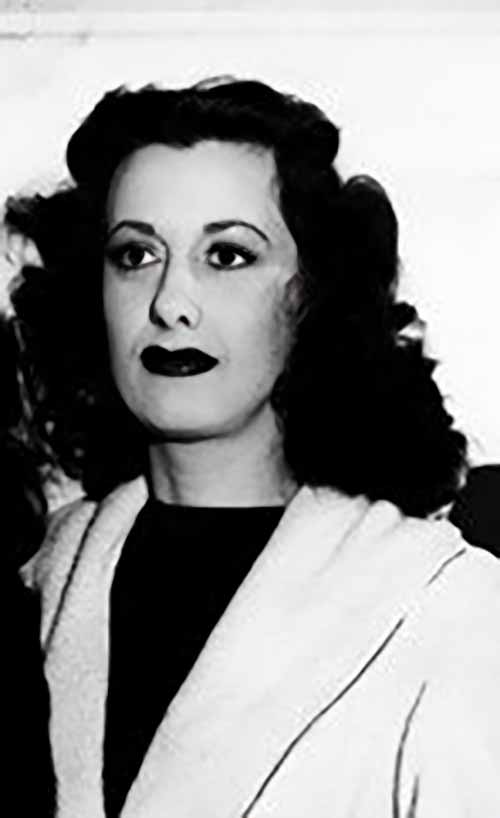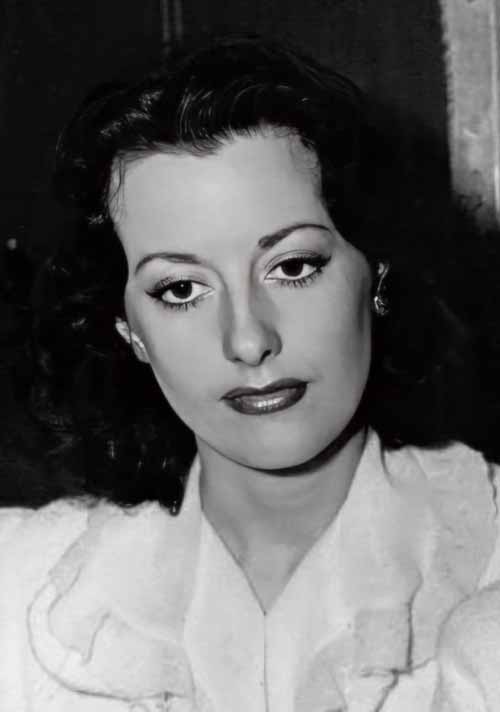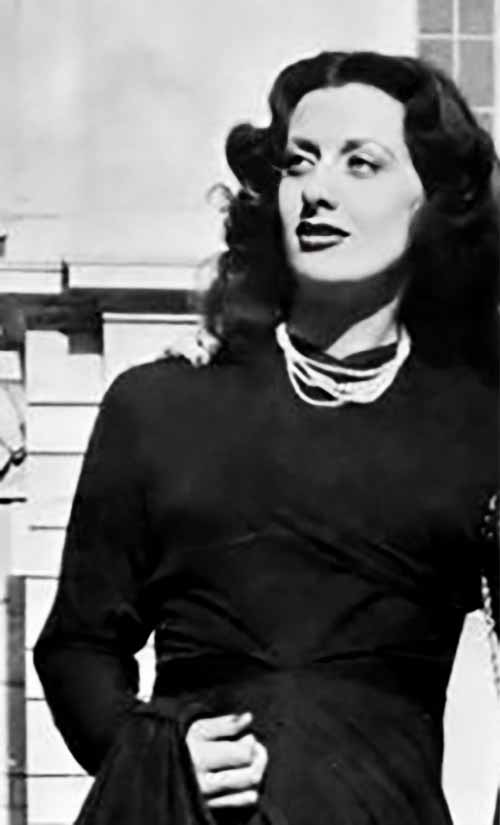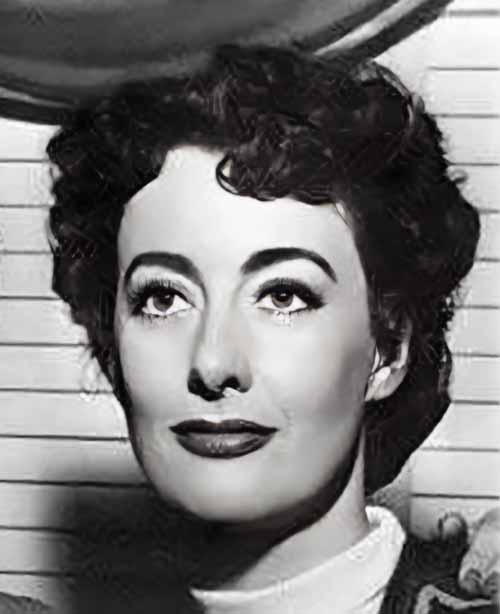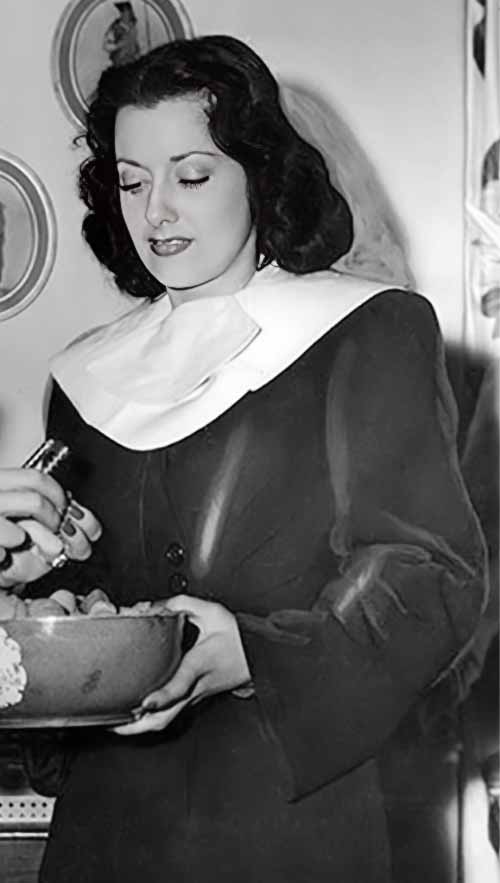The Queen in Snow White and the Seven Dwarfs is a mythical character, still recognized today as the prototype of the perfect villain. She meets the criteria of Alfred Hitchcock who wanted, for example in Shadow of a Doubt, that his villain be all the more threatening as he would be charming because “the more successful the villain, the better the film.”
Much has been written about the works and personalities that would have influenced Joe Grant’s conception. The statue of the Margrave of Naumburg, Ute de Ballenstedt, has been mentioned, as she is reminiscent of the character by her features and costume, the ruler of “She”, or the actress Joan Crawford, whose pout resembles the ruler’s. Although she is never named in the film, the name finally given to the Queen in the comic book adaptation, Grimhilde, recalls the Germanic origins of the tale and the statue. Robin Allan seems to be the first to advance this theory in “Walt Disney and Europe”. It is certain that the artists must have been influenced, at least unknowingly, by contemporary characters or actresses, or works of art.
However, it is clear from David Johnson’s interview with Joe Grant that Bob Stokes and Art Babbitt‘s animation of the character relied heavily on the use of rotoscope and that the scenes were all shot by one and the same actress, whose photograph below (found in the excellent “The Art of Cartooning: Snow White and the Seven Dwarfs” by Martin Krause and Linda Witkowski) calls for an obvious conclusion: it was she who had a significant influence on the final appearance of the Queen, as well as on her characteristic movements.
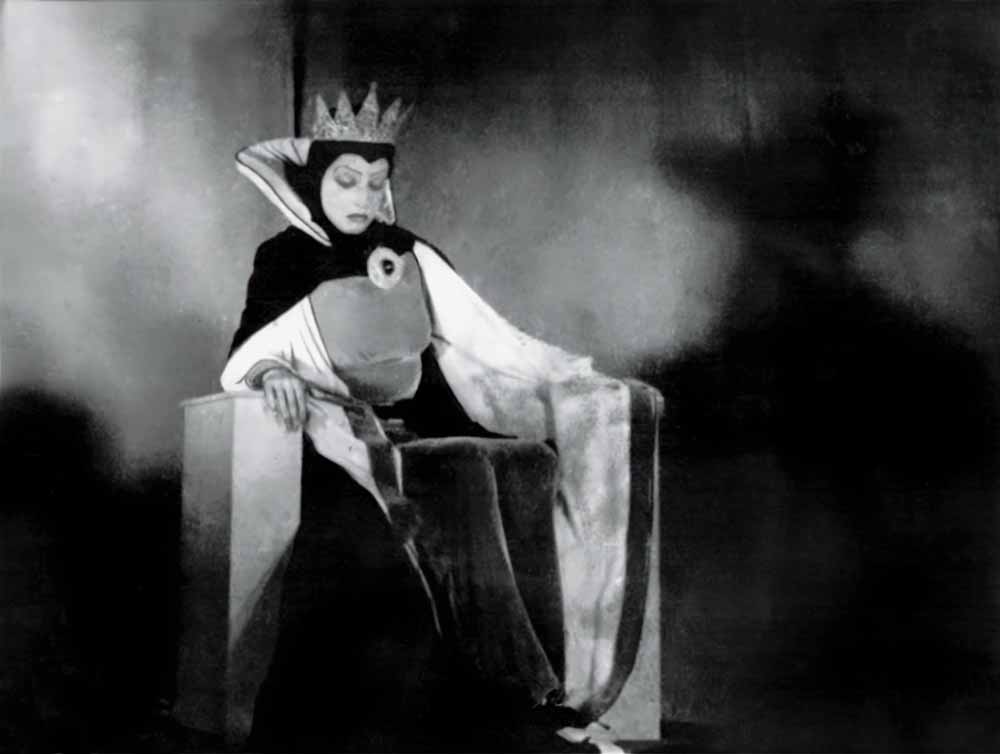
An unknown
And yet, the identity of the actress in question remains a complete mystery. Joe Grant tells us that it was “a very beautiful woman with dark hair and arched eyebrows (…). He claims that she was the one who “inspired the final look”. But if he remembers that she was “a rather well-known artist in the film industry,” he has then forgotten her name.
In fact, Art Babbitt and Joe Grant do not remember that a model sheet was created for the character because the technique used did not require it, which seems to indicate that the rotoscope’s share of interpretation must have been less than on Snow White for example.
Marge Belcher does not remember her either, which is not so surprising, considering that the Queen and Snow White have no common scenes and it is probably the same team that was in charge of the live action shots.
On the other hand, she hypothesizes that Paul Godkin, a student of her father’s who worked on the witch, may have also worked on the Queen. One thing is certain: Marge never mentions having worked for a single second on this role, and Joe Grant would obviously have remembered her if she had.
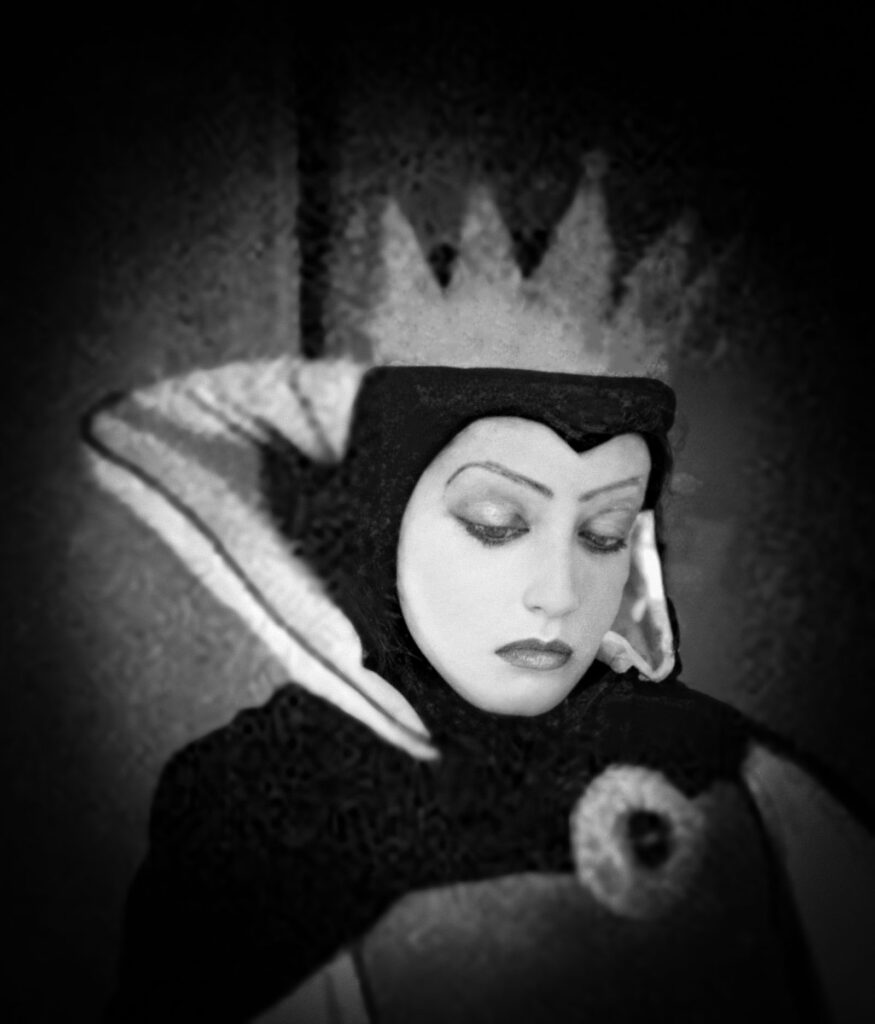
Let’s sum this up. The woman :
- was an “artist”, but not necessarily, an actress or dancer.
- worked in films
- was well-known in the industry, yet apparently not by the public
- was quite beautiful
- had naturally arched eyebrows
- seems to have a prominent lower-lip
- her profession seemed to be better known than her name, which nobody seems to remember
- could be hired for a very reasonable price since the studio wouldn’t have spent much for such a job
My hunch is that a “well-known artist in the film industry” that would not leave a lasting enough impression on the crew and who could be paid a low enough salary despite this professional notoriety might no be a full-time actress but a stand-in. And it just so happens that the sole photo that we can rely on very closely resembles Joan Crawford’s stand-in Sylvia Lamarr. The same particular lower lip that so well expresses disdain, the same arched eyebrows (a detail that Joe Grant specifically remembered!). She seems like an obvious choice for the studio: unexpensive, beautiful, with a famous face that matched what the animators wanted. This is just a theory and would require checking if a salary for Sylvia Lamarr can be found in the Walt Disney archives, but in my mind, she is a strong contestant.


